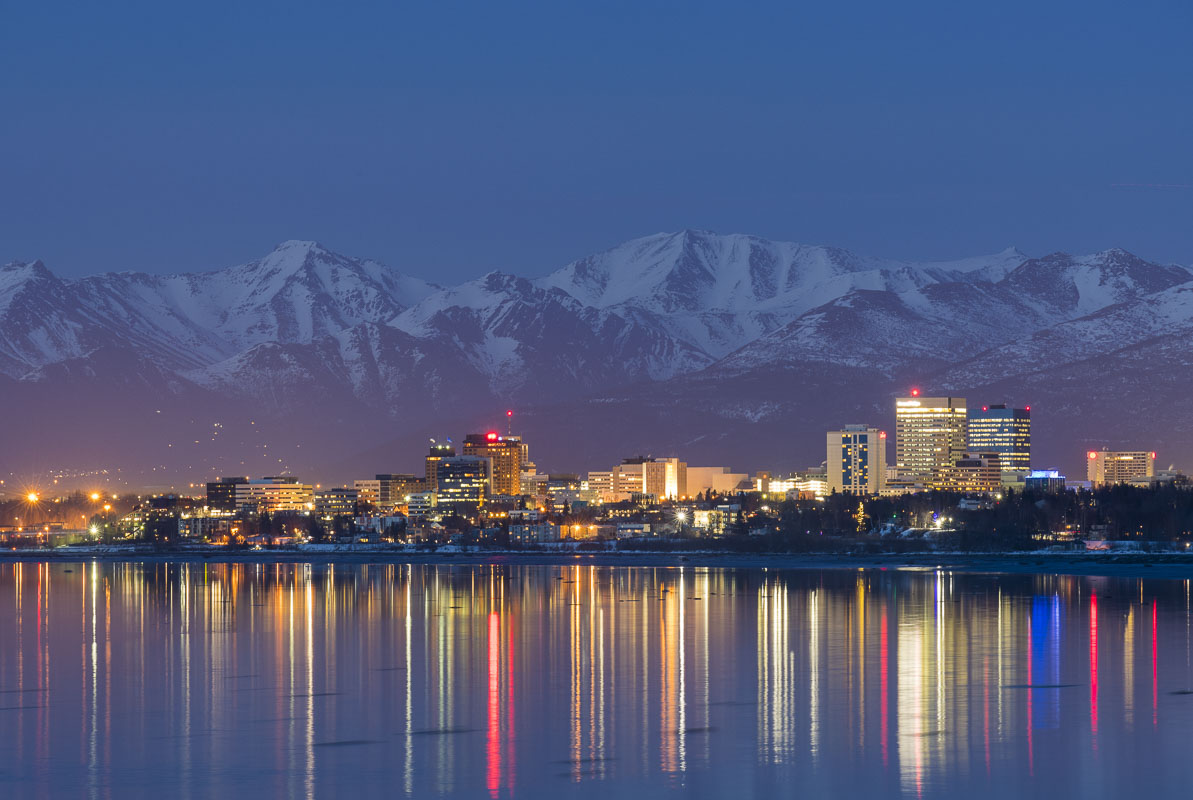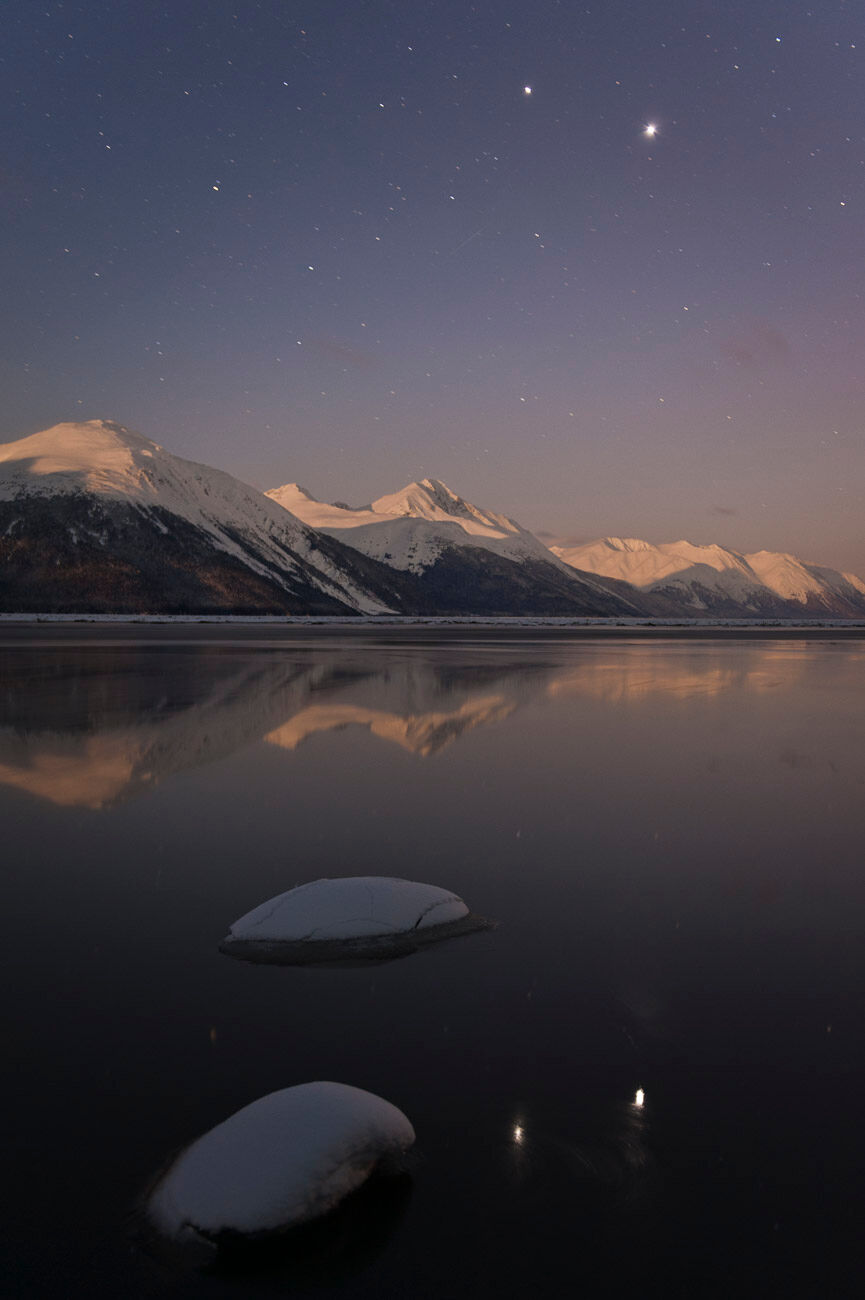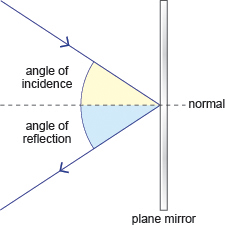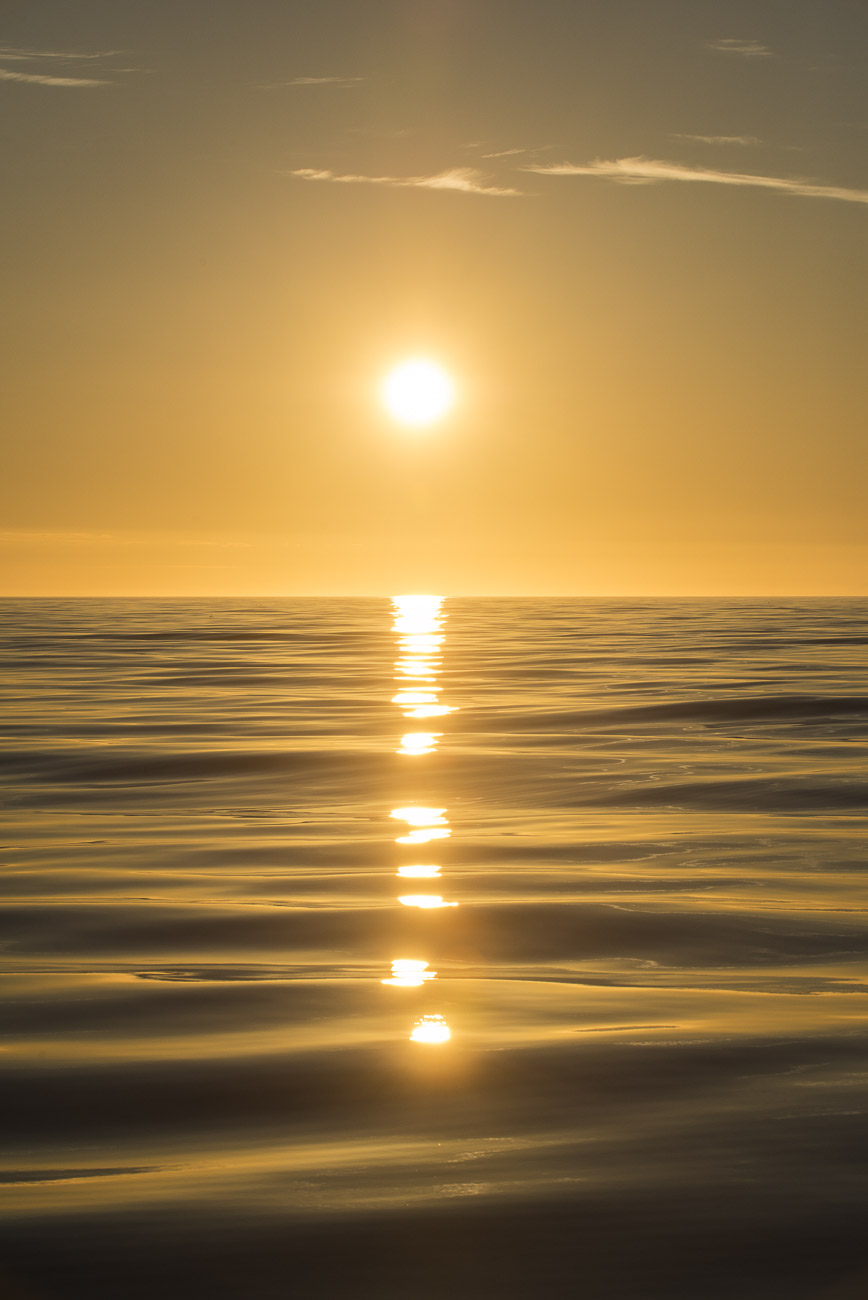Why the Long Reflection?
I was giving a webinar through the North American Nature Photography Association on how to chase and photograph the aurora borealis. During the Q&A, someone asked why one image had stars that were casting a long reflection, rather than a pinpoint of light. I could not quite visualize the issue, and, to be completely honest, offered up a SWAG for an answer.
After the webinar, I thought more about and realized what the question was all about. Then I had a “smack the forehead” moment as I recognized that I have been photographing this phenomenon for years. As is often the case, though, I had never seriously inquired as to what caused it. I simply accepted it as one of those things that I see and photograph.
It all has to do with the relationship of the star, or any point light source, to the horizon, and the nature of the light source. The closer to the horizon, the longer the reflection is going to be. And the fact that it is a sharp point of light is also relevant. We are all familiar with this concept when photographing the sun or the moon when they are low on the horizon.
You can also see it when photographing artificial light sources, like in a cityscape, when they are low on the horizon.

Notice, though, how those reflections get shorter as the light source gets higher on the horizon.

When looking at the light source, you will see its reflection anywhere where the surface of the water is oriented so that the angle between the light source and the water is equal to the angle between the water and your eyes:So as the light source gets higher in the sky, the steeper the angle and the fewer surfaces there are for that light source to reflect and be equal to the angle between the water and your eyes.

This again brings us back to why the relationship to the horizon is another potential factor: refraction. On its way to Earth’s surface from the light source, light will go through the atmosphere, which has varying densities and temperatures, which will affect the refractive index. Curved paths in the atmosphere mean that the incident rays are not parallel, so reflections from different locations can meet at a single point (your eyes). So, if light rays from a source low on the horizon are being bent, they will meet at different points on the water, but ultimately reflect to meet your eye – creating the long look of the reflection on a surface of water (which is not absolutely, perfectly calm).
But this is one of the joys of being a nature photographer. There are the technical photographic aspects of photography, but there is often a lot of science behind the things we photograph. And getting questions like this gives me an opportunity to ponder, to learn, and to share.

A late evening sun glows over the smooth waters of the Gulf of Alaska.
